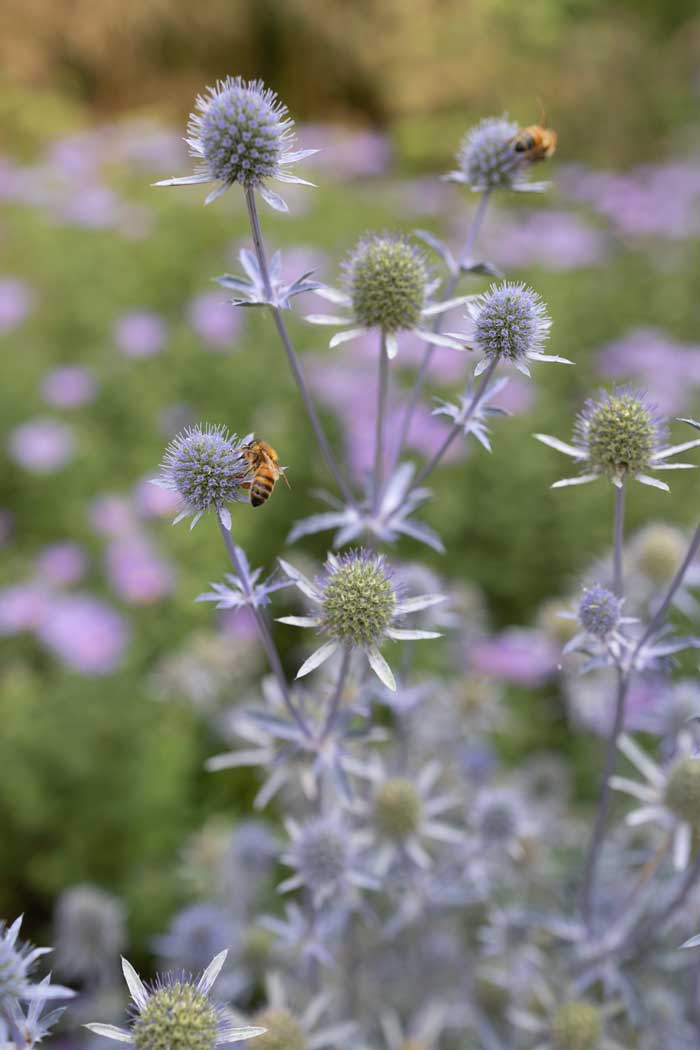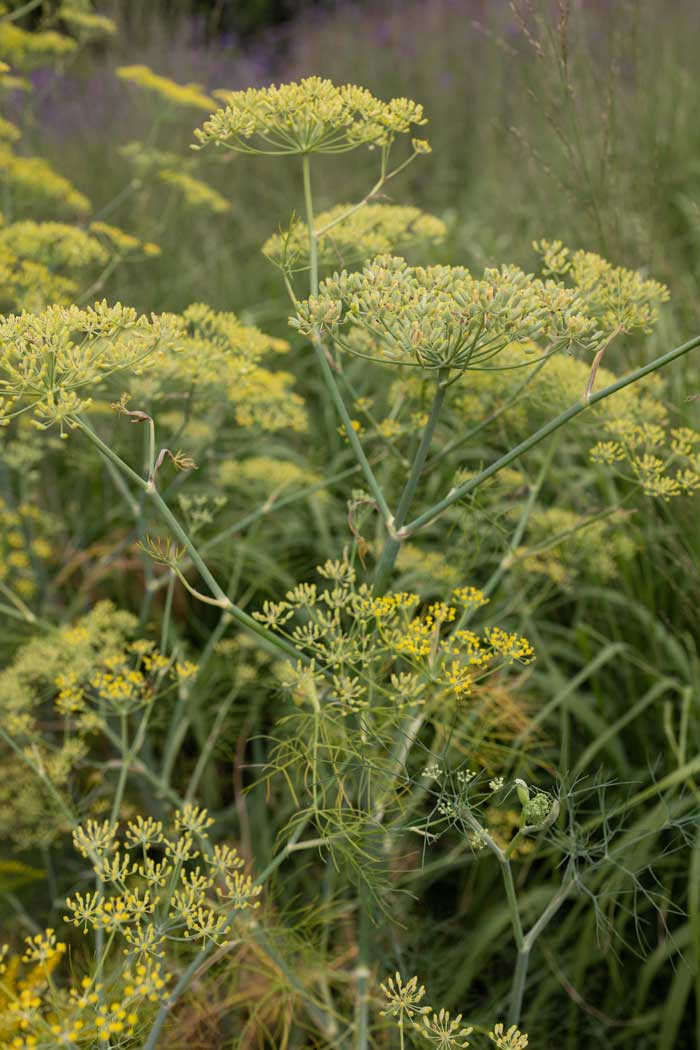1. Consultation
The design process starts with a site visit where we establish the aspirations and requirements for the space. Following the consultation we will share two documents with you:
- The brief which outlines the project size, the fee structure, the design process and a comprehensive summary of the objectives for the space.
- The Scope of Works which includes recommendations for the team who will assist in the execution of the project.
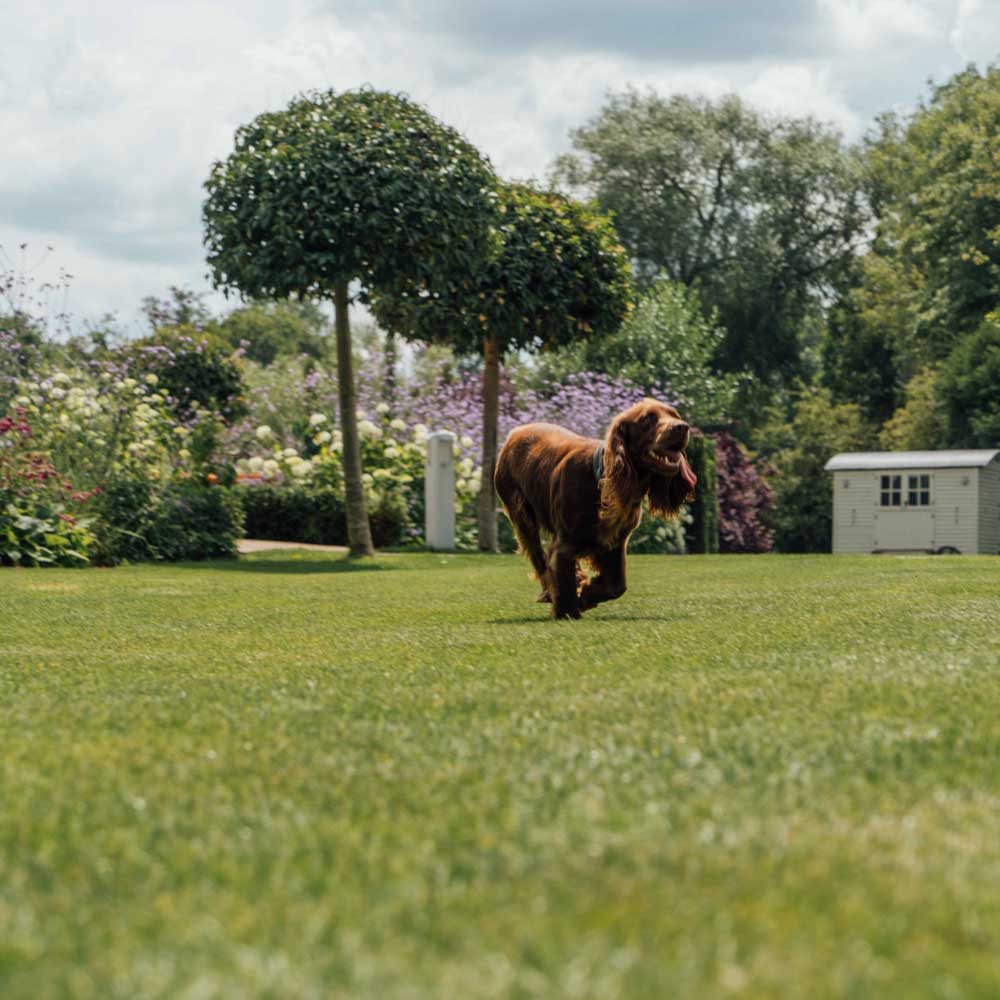
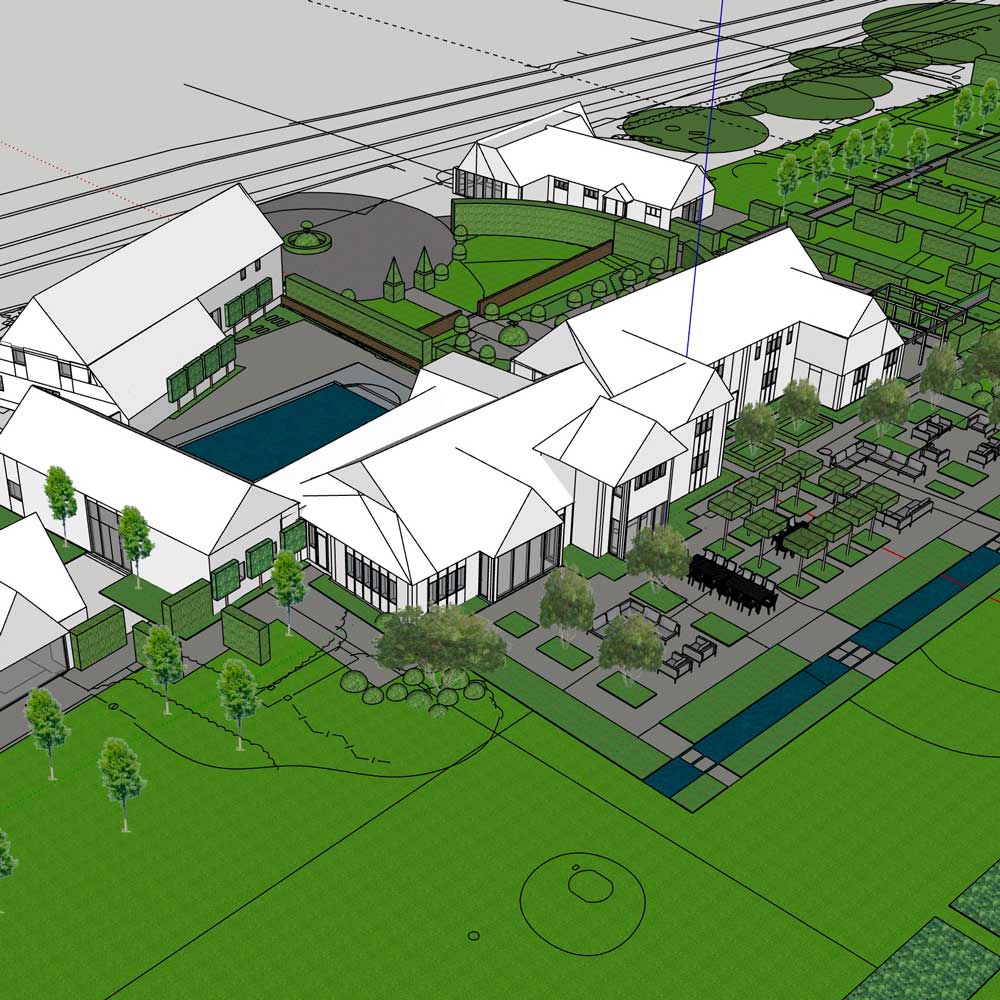
2. Concept Design
The concept design provides an understanding of the overall proposed layout, functions, constraints, opportunities, and the overall aesthetic.
On acceptance of the brief a measured topographical survey will be required to estimate quantities, plan spaces, consider level changes, prepare layouts, asses the levels, understand the location of utilities and liaise with contractors for estimating purposes. Concept designs are then drawn up in 2D and 3D.
3. Design Development
The design development will develop the initial concept into the overall masterplan. We look at material palettes, planting combinations, spatial arrangements, the style of the scheme and overall feel.
We also determine if there are any major issues (topographic, access, services, drainage, budget) and if necessary bring in allied disciplines to investigate any issues in greater detail.
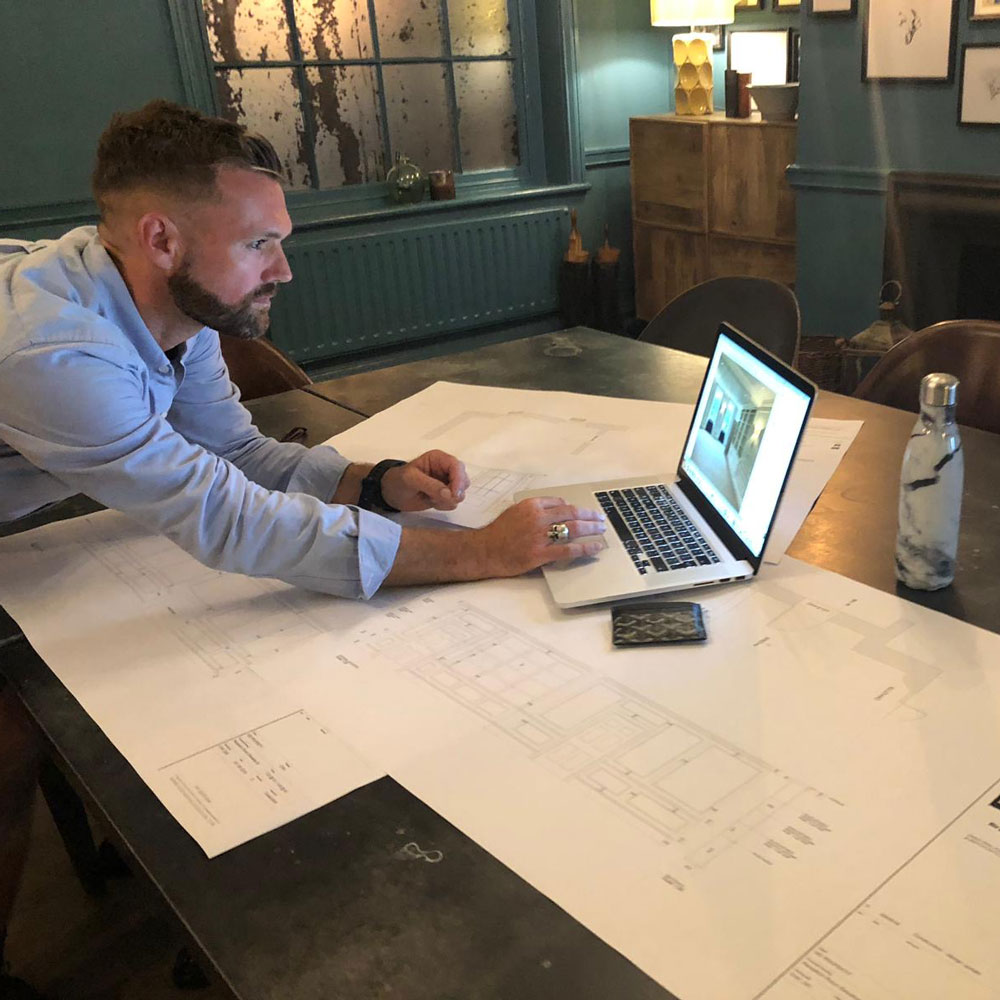
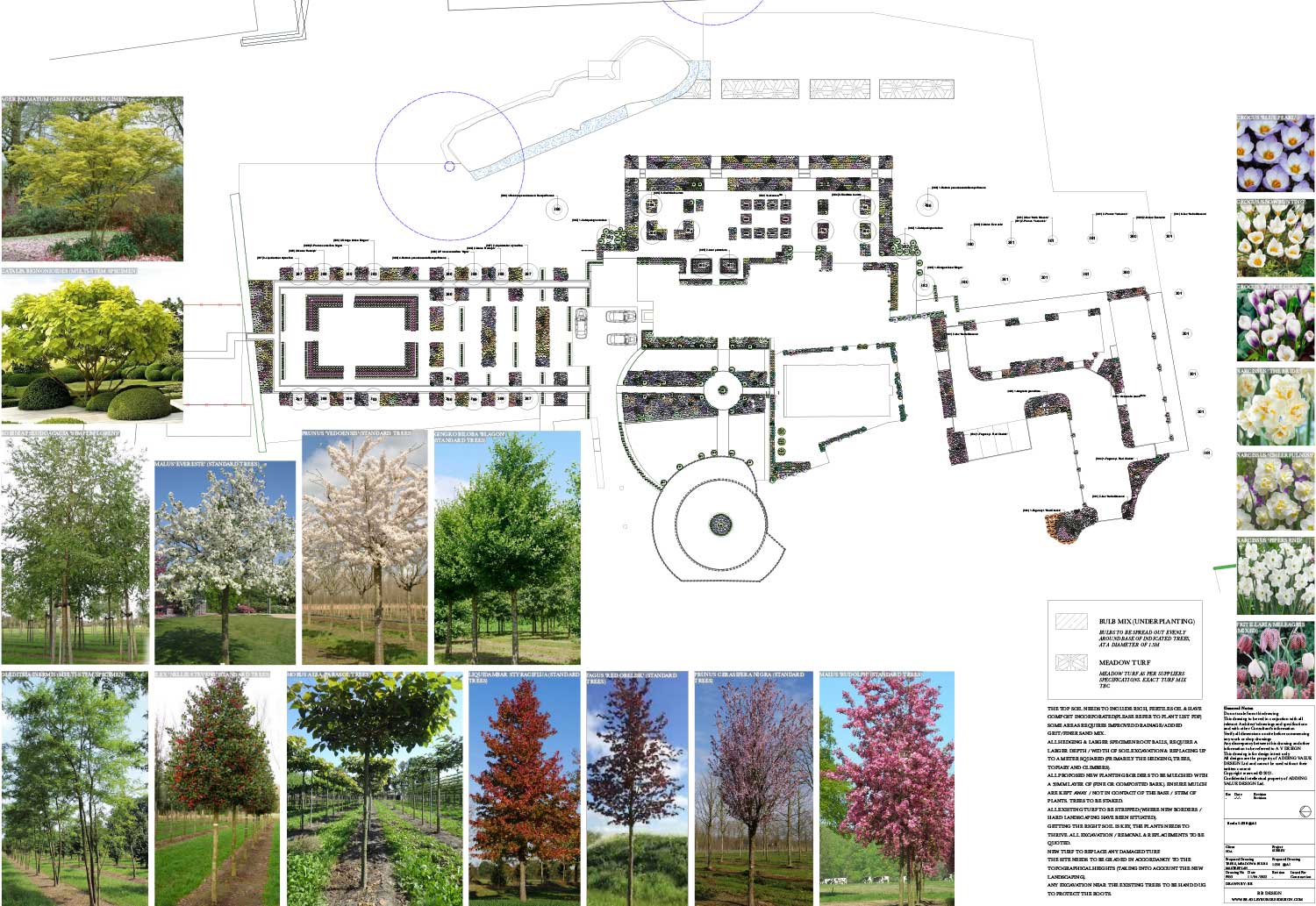
4. Technical Design and Planting Plans
Technical drawings include plans, sections, construction details, quantities and a specification for landscape construction companies to price and build the project. Other consultants will be consulted on specific design elements (architecture, lighting, irrigation, bespoke items, water features and engineering).
A planting plan will show the locations of all the proposed plants, along with a plant schedule listing exact names, sizes and quantities used for costing, ordering, and setting out. A presentation will include vision boards of all the plants included, to give a feel for the look we would like to achieve and finally, a maintenance schedule is supplied.
5. Tendering / Procurement
A Construction Documentation package (drawings, schedules, specification) will be issued to two trusted contractors to price the project and provide a construction program.
Queries from the contractors will be discussed and any material changes and engineering or construction methods agreed. Both the client and Bradley Burgess will agree on which sub-contractor to use. When the tender bid is accepted, contracts to carry out the works will be signed.
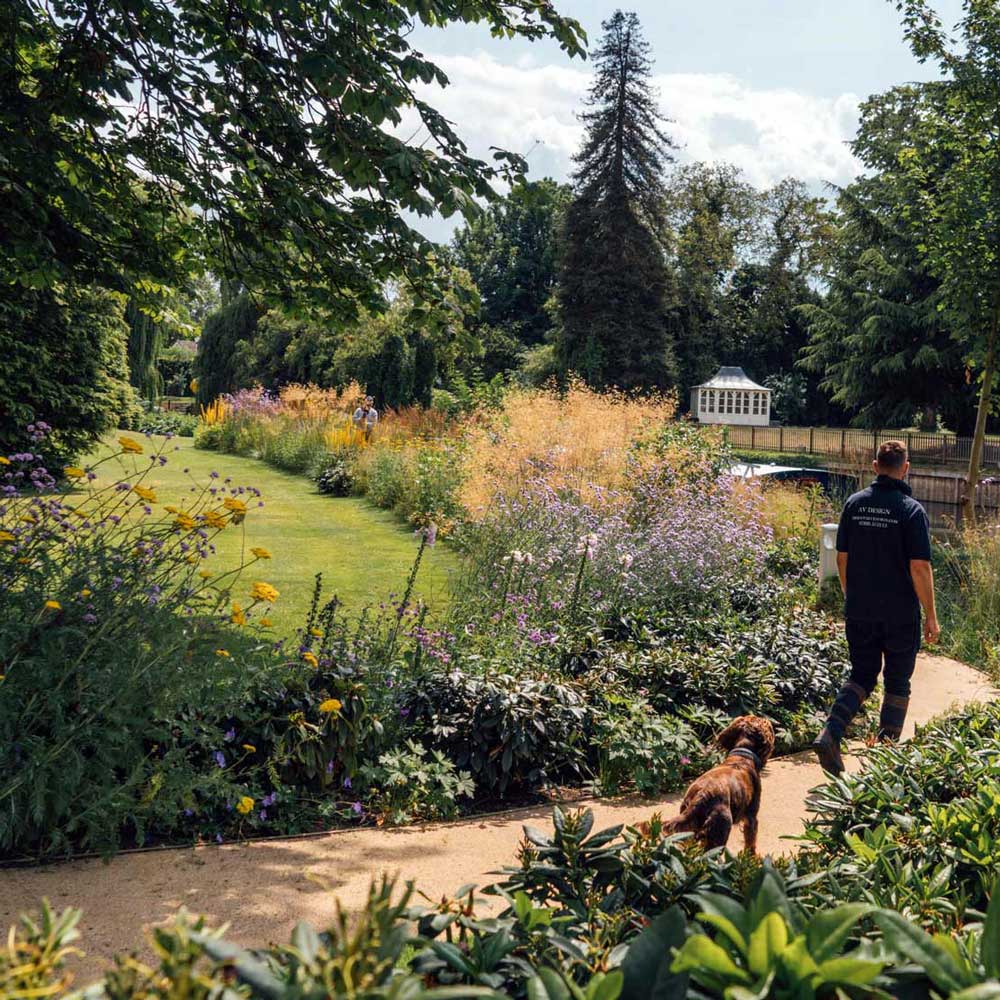
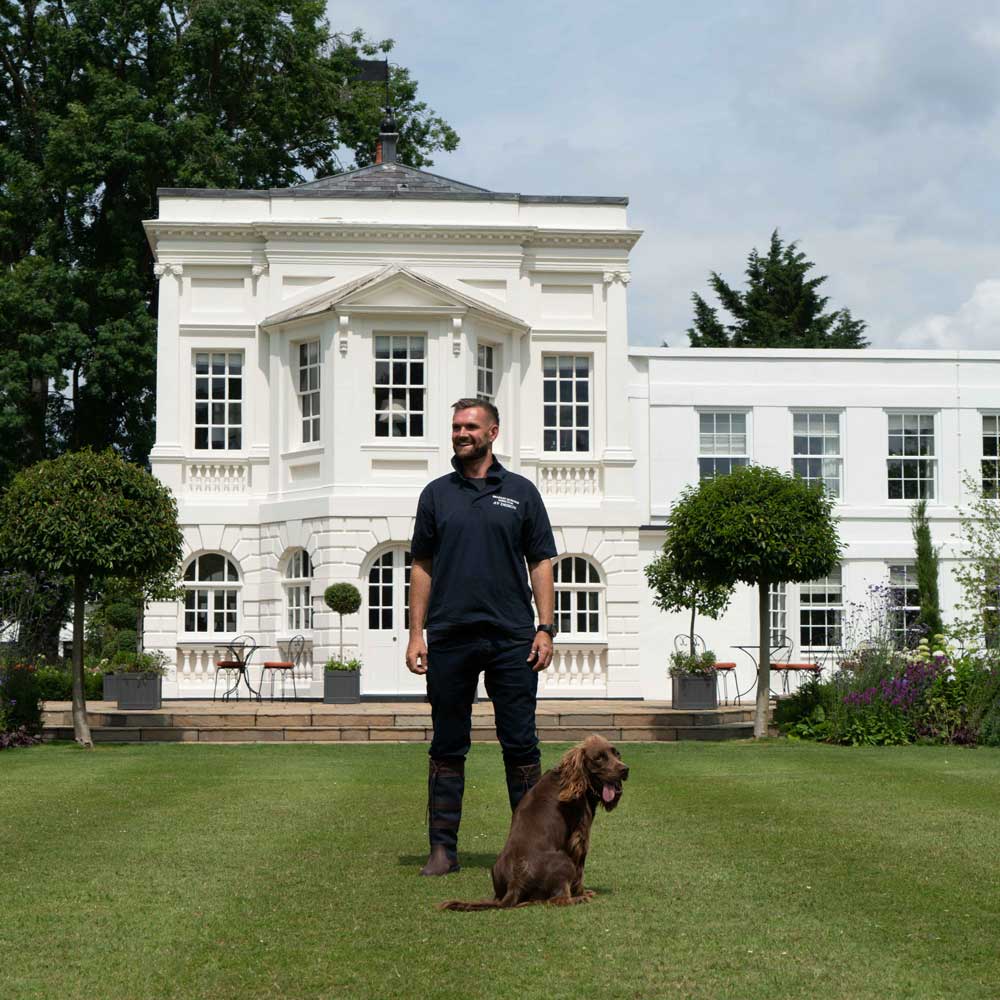
6. Implementation
BBD will oversee the construction on site, resolve issues, and report progress.
Implementation often includes some or all of these stages: demolition and site clearing, excavation and trenching, services installation (drainage, irrigation, electrical, etc), soil enrichment and soil refinement, hard landscaping structure construction (backfilling, compaction, base, footings, walls, buildings, edges, etc), hard landscaping finishes construction (paving, decking, walling), planting (trees, plants, shrubs, bulbs), final fixtures (furniture, pavilions, sculpture, lighting, irrigation, etc).
On the completion of the project, we can provide ongoing maintenance programmes.
